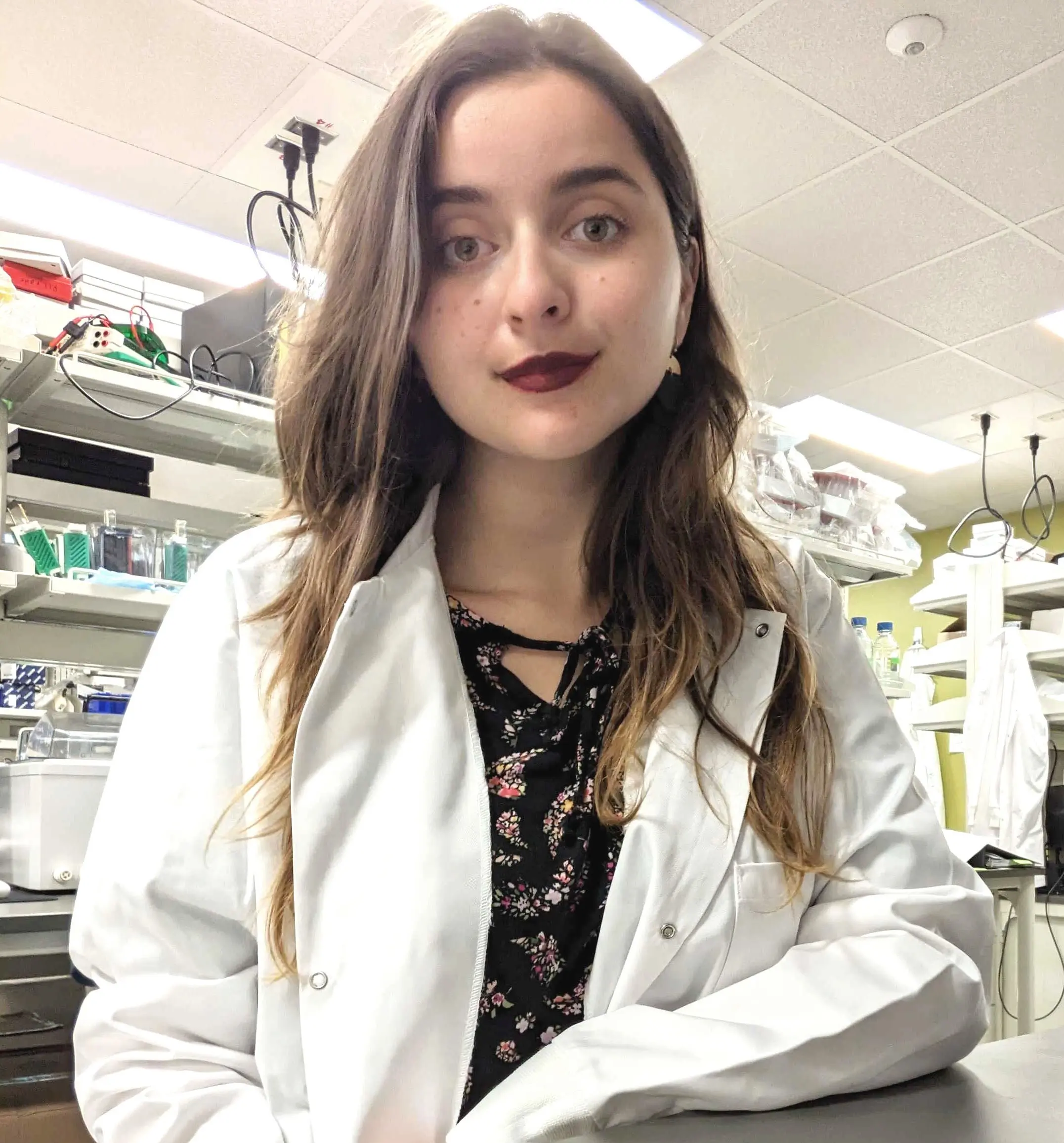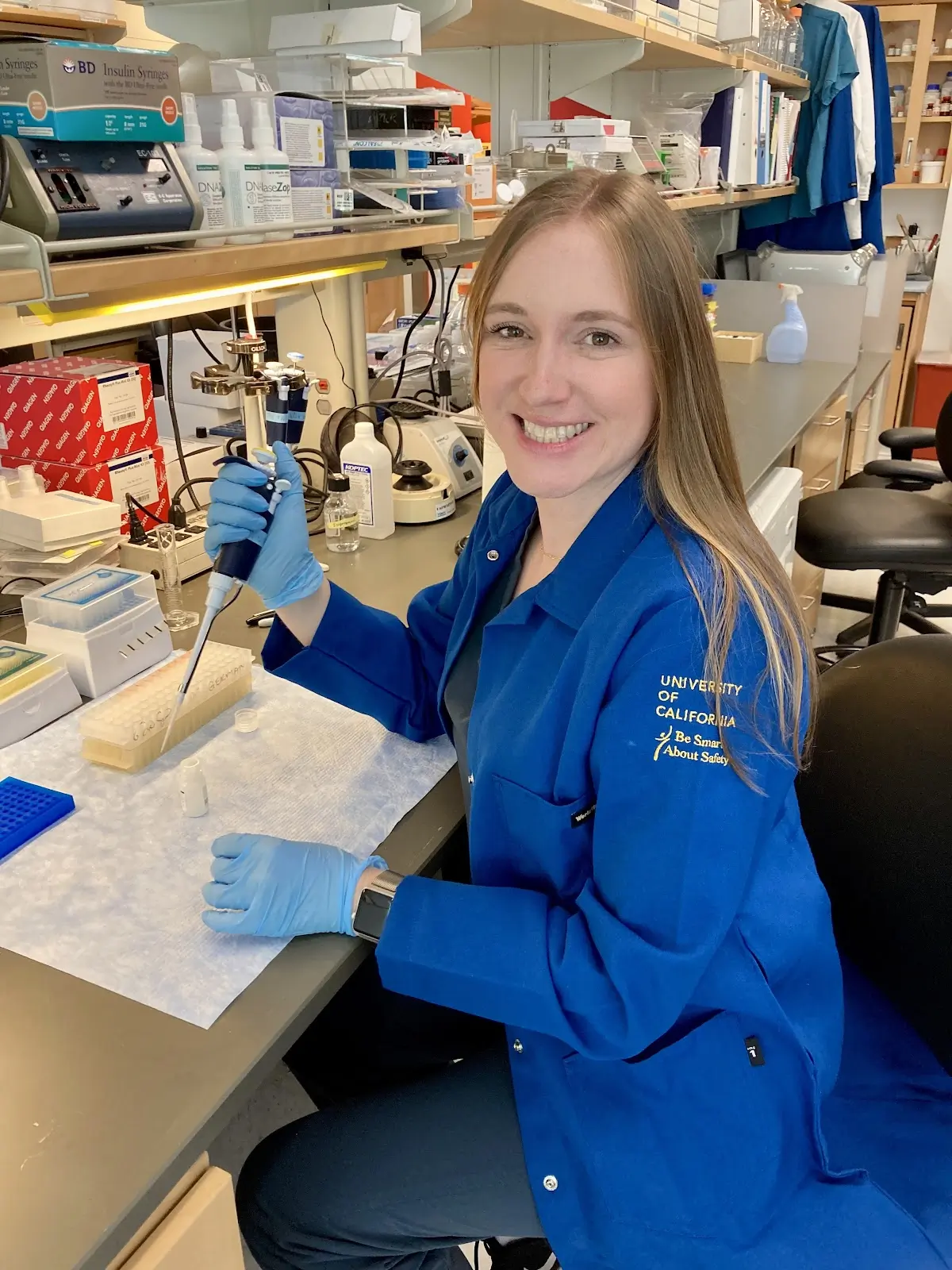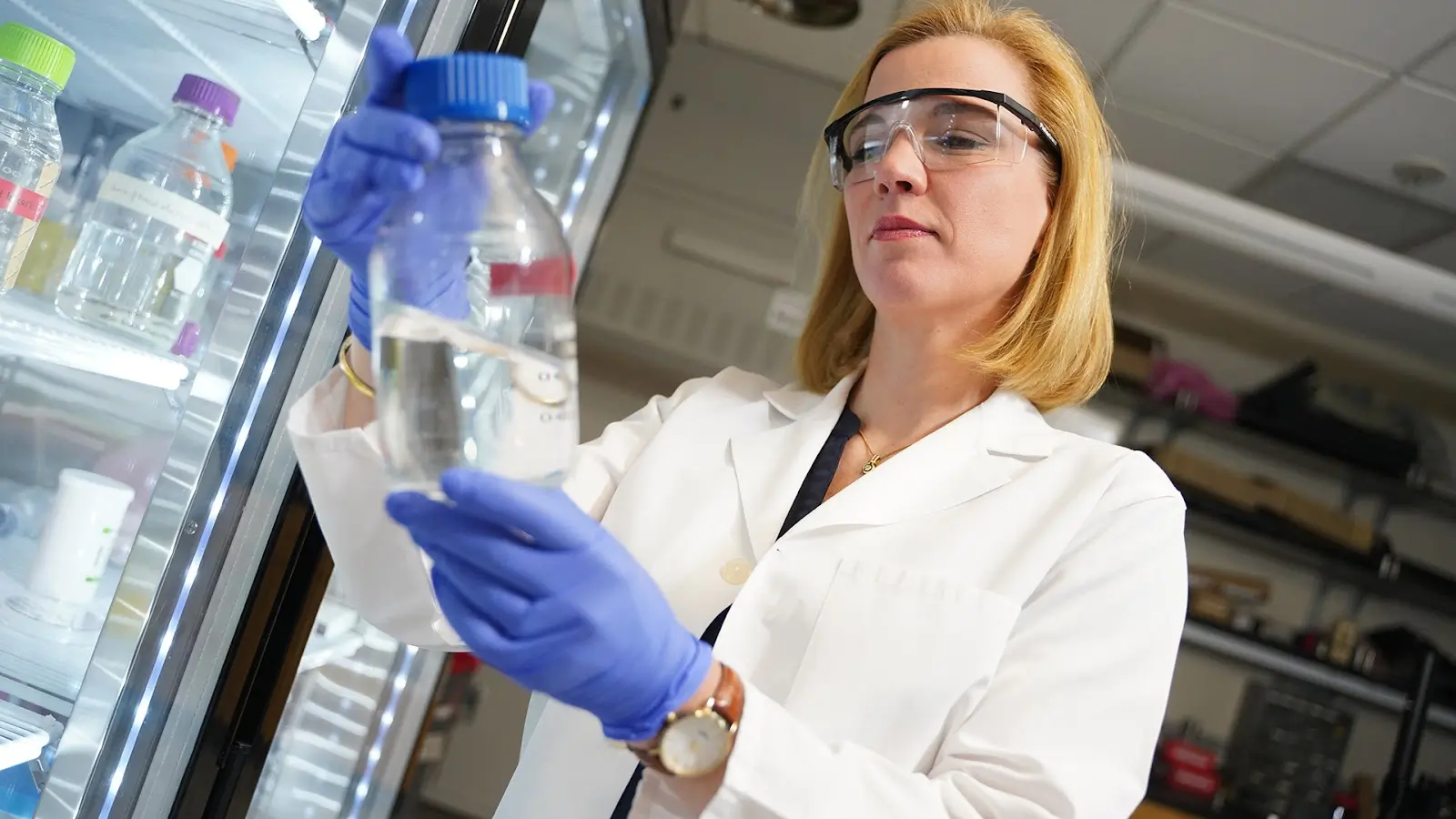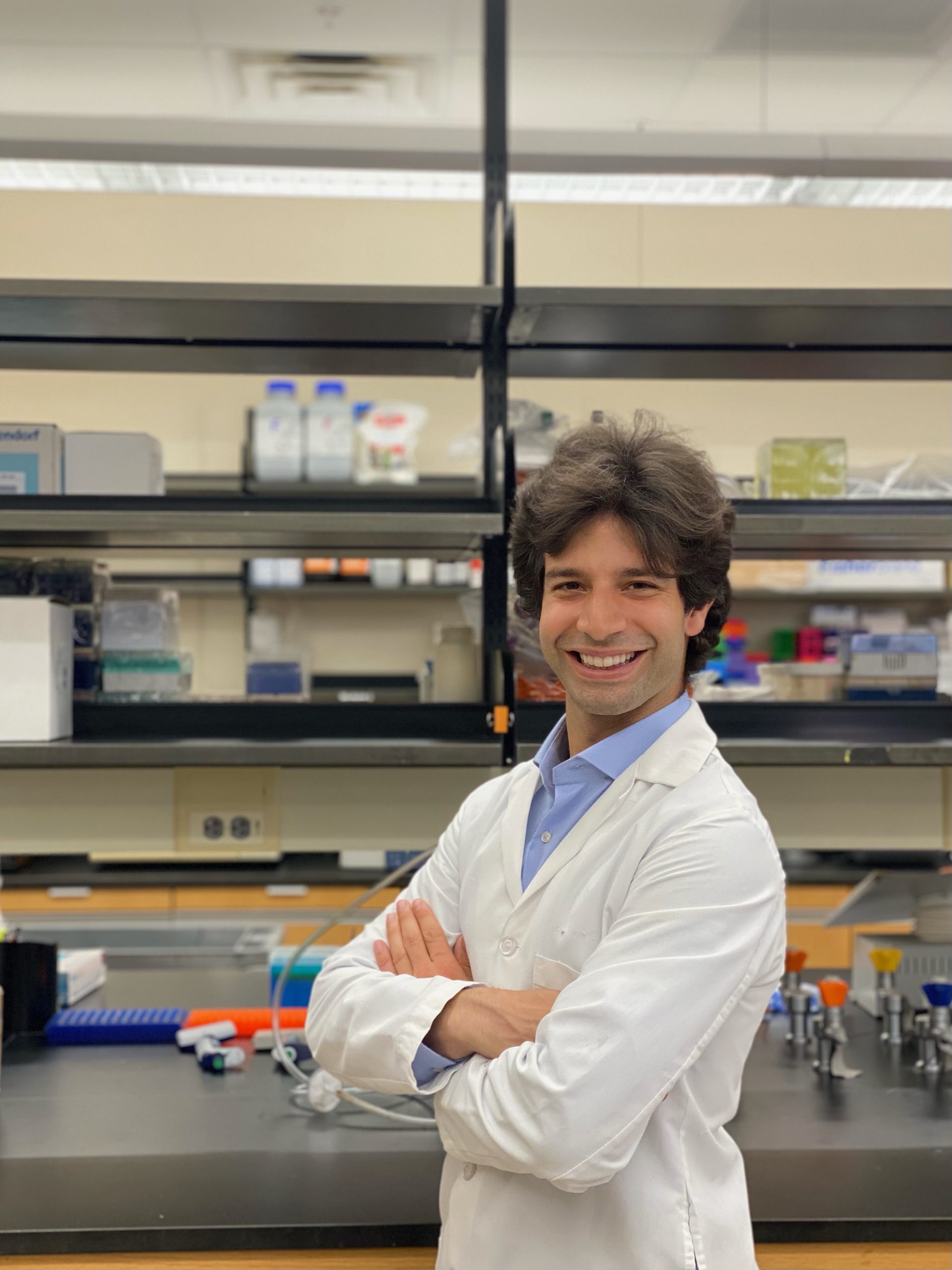The number of children with Type 1 diabetes (T1D) is increasing worldwide, particularly in those under 5 years of age. T1D is conventionally classified as an autoimmune disease in which the immune system attacks insulin-producing cells within the pancreas. However, T1D, in fact, represents a diverse group of affected individuals. This diversity stems from several factors, including variation in the cause and course of immune system activation, in the ability of insulin-producing cells to survive this attack, and in the environment. There may be several subtypes of T1D
You can view her video by clicking HERE.
As a pediatric endocrinologist and diabetes research scientist, my ability to effectively treat a specific T1D individual may be limited by our understanding of these subtypes. My goal is to gain insight into why T1D develops in order to tailor effective treatment for each individual child that I see. In recent years, there have been enormous advances in the ability to gather genetic and metabolite information, as well as the ability to analyze and interpret these vast amounts of data. My intention is to bring these new technologies to our T1D patients and apply them in the clinical setting. The specific goal of our project is to build a comprehensive clinical database and biorepository of samples from T1D patients at Rady Children’s Hospital of San Diego and then to apply innovative computational techniques in order to identify specific subtypes of diabetes. We want to learn “what type of Type 1 diabetes” each of our patients has so we can better target specific therapies for each child, improve our clinical practice, and develop novel approaches to preventing this disease.
What Type of Type 1 Diabetes Do You Have? from Diabetes Research Connection








